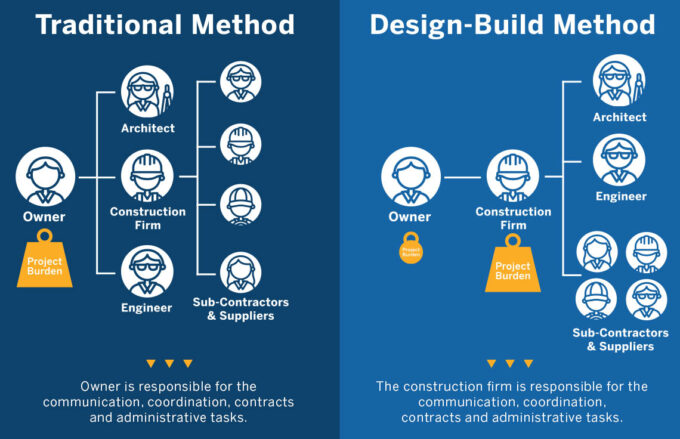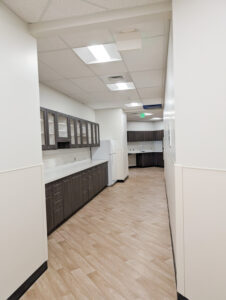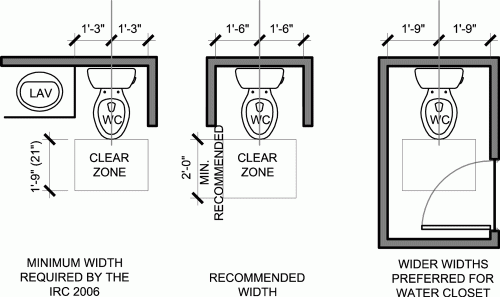Design/Build: A Streamlined Approach to Project Delivery
Design/Build is a project delivery method that unites design and construction under one contract. This approach creates a single point of responsibility, improving collaboration and accountability throughout a project’s lifecycle.

What is Design/Build?
Design/Build combines architectural and construction services into one contract with a single entity. This entity handles the project from concept to completion.
Unlike traditional Design-Bid-Build, Design/Build eliminates adversarial roles. Instead, all team members work collaboratively to meet shared goals.
According to the Design-Build Institute of America (DBIA), this method delivers projects faster, with fewer change orders and lower overall costs.
How Design/Build is Managed
Design/Build projects begin with owner selection of a single firm or team. This firm oversees design, engineering, and construction services.
Typically, the team uses an integrated management approach. The contractor leads collaboration, aligning the architect and consultants toward budget, schedule, and performance targets.
Coordination tools like Building Information Modeling (BIM) improve real-time communication and visualization during all phases.
Open communication, continuous feedback, and defined roles help ensure clear expectations and fewer disputes.
Roles and Responsibilities
Owner:
Sets performance goals, budget, and schedule. The owner works with a single point of contact throughout the project.
Design/Build Entity:
Provides design, construction, and management services. The entity can be a contractor-led or architect-led team.
Architect/Engineer:
Works under the Design/Build team. Provides design solutions that balance aesthetics, functionality, and cost.
Contractor:
Manages construction, ensures buildability, and delivers the project on time and on budget.
Subcontractors and consultants also support design and construction activities.
Risk and Reward Allocation
Design/Build shifts most project risk to the single-source provider. That provider assumes responsibility for both design and construction outcomes.
This risk shift reduces the owner’s liability. However, it also requires owners to clearly define goals upfront.
In return, the Design/Build team has more flexibility. They can innovate quickly and manage cost and schedule with greater control.
If successful, the team benefits from streamlined delivery, higher client satisfaction, and repeat business.
Benefits of Design/Build
-
Faster Delivery: Overlapping design and construction shortens the project timeline.
-
Improved Collaboration: Team members work together from the start to avoid costly misunderstandings.
-
Single Point of Contact: Owners communicate with one entity, not multiple consultants and contractors.
-
Fewer Change Orders: Early involvement of all parties reduces late design changes and budget surprises.
-
Better Value: The team delivers optimized solutions that balance design intent and construction feasibility.
Challenges and Considerations
-
Less Design Oversight for Owners: Owners may have less direct control over design unless clearly specified in the contract.
-
Limited Competitive Bidding: Design/Build often reduces the opportunity to compare prices through open bidding.
-
Team Selection is Critical: Owners must choose a trustworthy, experienced Design/Build team to ensure success.
Despite these challenges, many public and private organizations prefer Design/Build for its efficiency and simplicity.
Conclusion
Design/Build offers a streamlined project delivery method focused on collaboration, speed, and value. It unites design and construction in one accountable entity, helping reduce delays, improve quality, and minimize disputes. Working with a fully integrated Architecture and Engineering team like EVstudio adds tremendous value to the Owner and Contractor, and mitigates the risk burden of the Contractor.
As construction continues to evolve, Design/Build stands out as a preferred method for many complex and time-sensitive projects.









